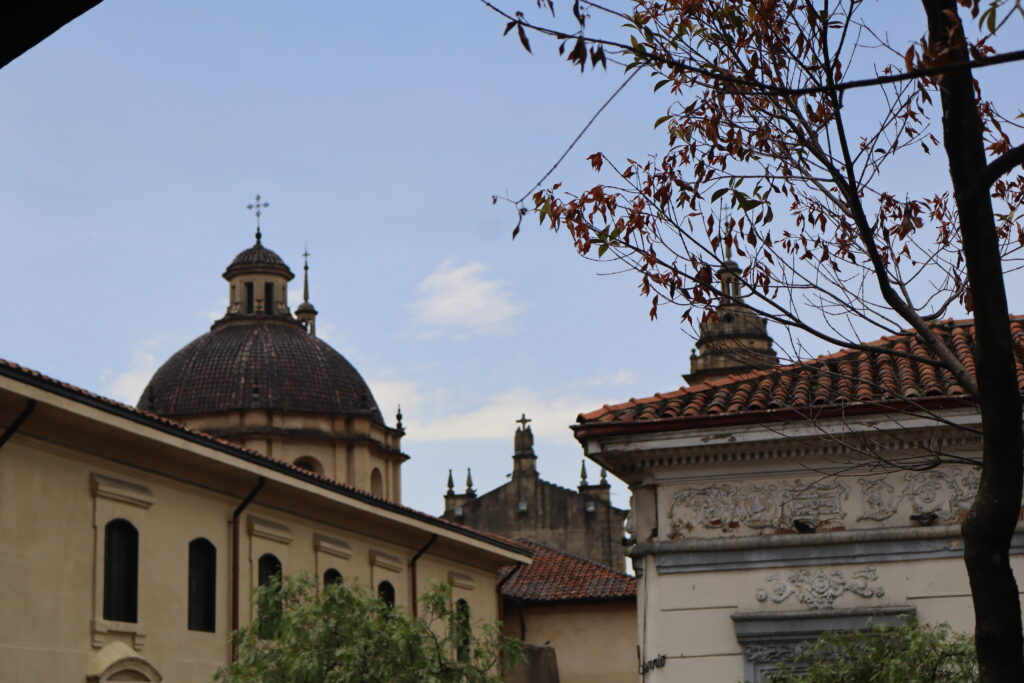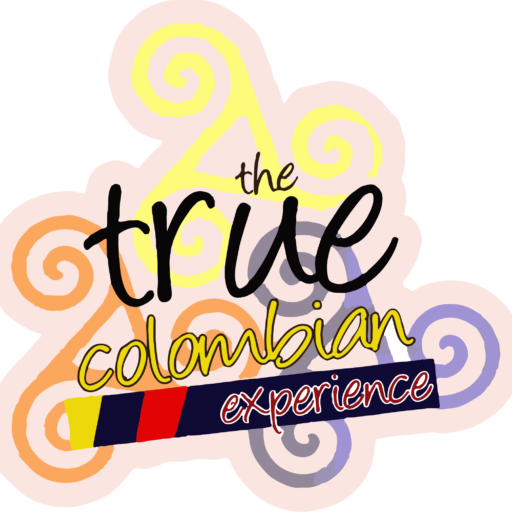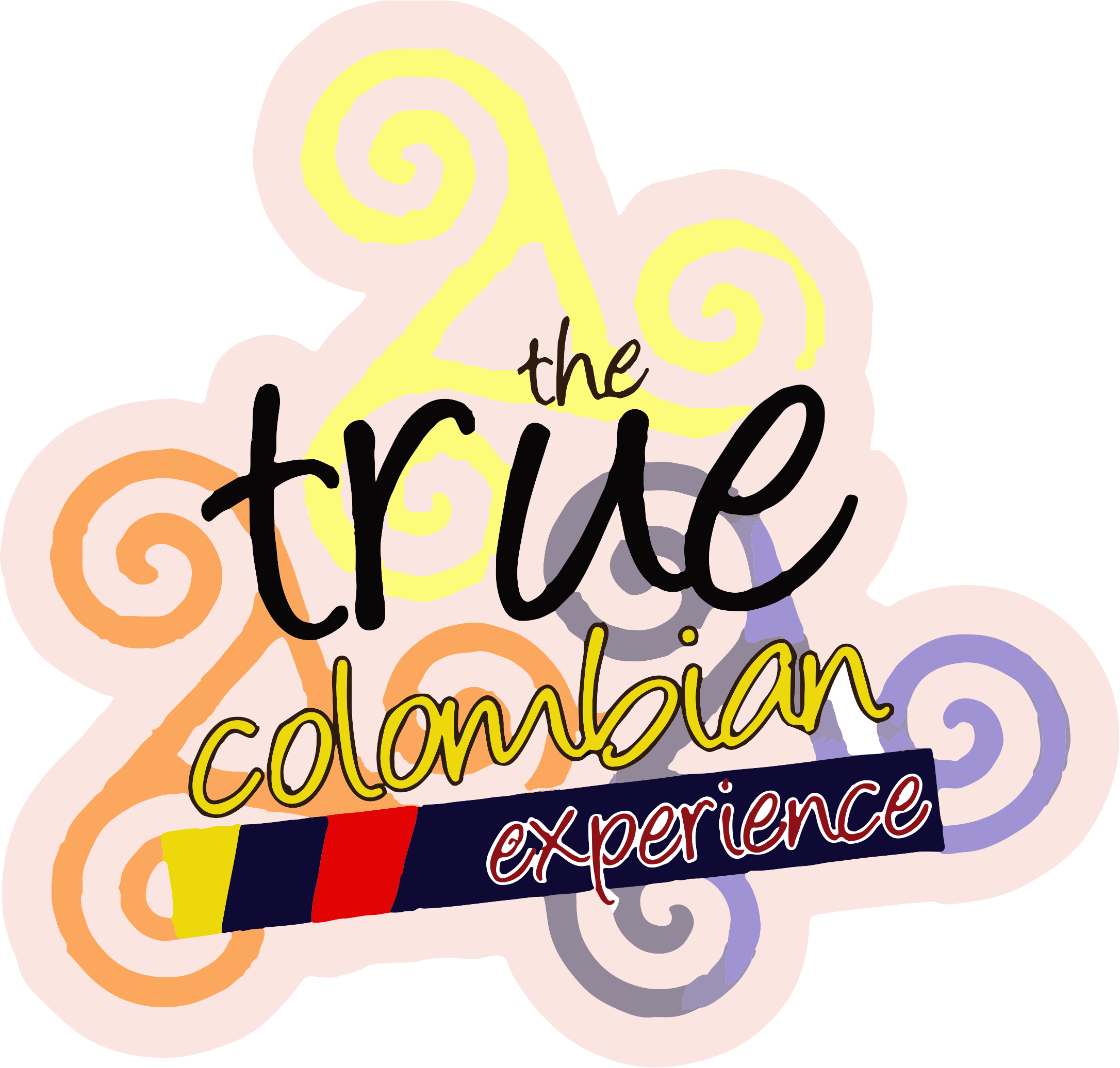.
Cities, according to what I know, can be divided into those that stir unease and thrive in chaos; some are made of nothing but concrete, and in the end, are merely that. Others, however, are steeped in art and history—guardians of treasured memories and the very essence of their origins, and of the country they represent. Among these stands Bogotá, the city of museums, as it was called by the guide of the walking tour I joined—the best I’ve taken in years, by the way. The tour begins at the Cranky Croc Hostel, right in the heart of the city. I once wandered those streets myself, and that day I discovered that yes, it truly is the city of museums.
I was instantly struck by the scent of thick, old library books—the kind that compels you to turn each page with increasing hunger to reach the end. This is exactly what I had come seeking in the few days I had for my journey. The first time I came to Colombia I only had seven days and no clear plans. Lucky for me, I landed in the historic and cultural heart of the country. That’s what Bogotá is: a grand museum, a custodian of Colombia’s rich cultural heritage, where every street harbors anecdotes and mysteries, waiting to be discovered by us, the travelers drawn to its charm.
For me, it gave me the strength and inspiration I needed to return to this land of coffee, mountains, and the kindest people I’ve ever met. That’s why I came back—to greet my old friend, the Andean city—and this time, well-prepared, to explore even more of Colombia.
A city of shifting moods and unpredictable weather, Bogotá reveals itself effortlessly, for everything is concentrated in that historic zone where the capital was born. Between bursts of sun and rain, we stepped in and out of places that form part of the well-kept Colombian story held by this Andean metropolis.
We visited the Catedral Primada, which is more than just a church; it is a place brimming with tales and secrets tucked into every corner. Our guide always had a story to surprise us. In less than four hours, you’re immersed in the spirit of this Andean capital, as within just a few blocks you’ll find the renowned and unique Botero Museum, the Museum of Traditional Dress, the Bogotá Museum, the San Agustín Cloister with its rotating exhibits, and a few steps further, the Gold Museum.
That last one is my favorite. I had often heard it was just a collection of golden figures, one after another, more of the same. But the moment our guide breathed life into each room, gave meaning to each piece, and let us hear the music of ancient rituals interwoven with his stories—memories from long-lost peoples meant for the future to know—I understood their magic. These were time-traveling figures, eternal in their presence, just like the immortal Lady of the Andes.
—By Fredy Calderón






